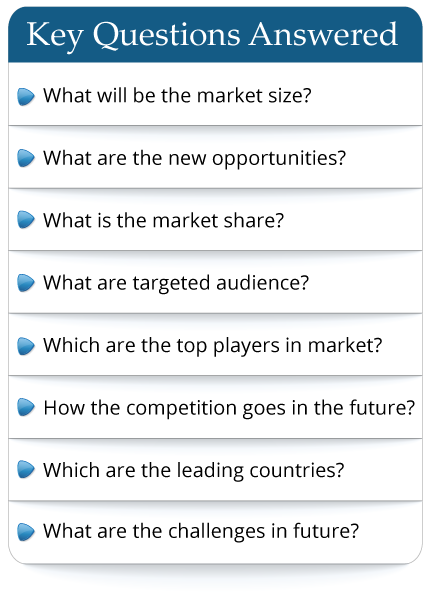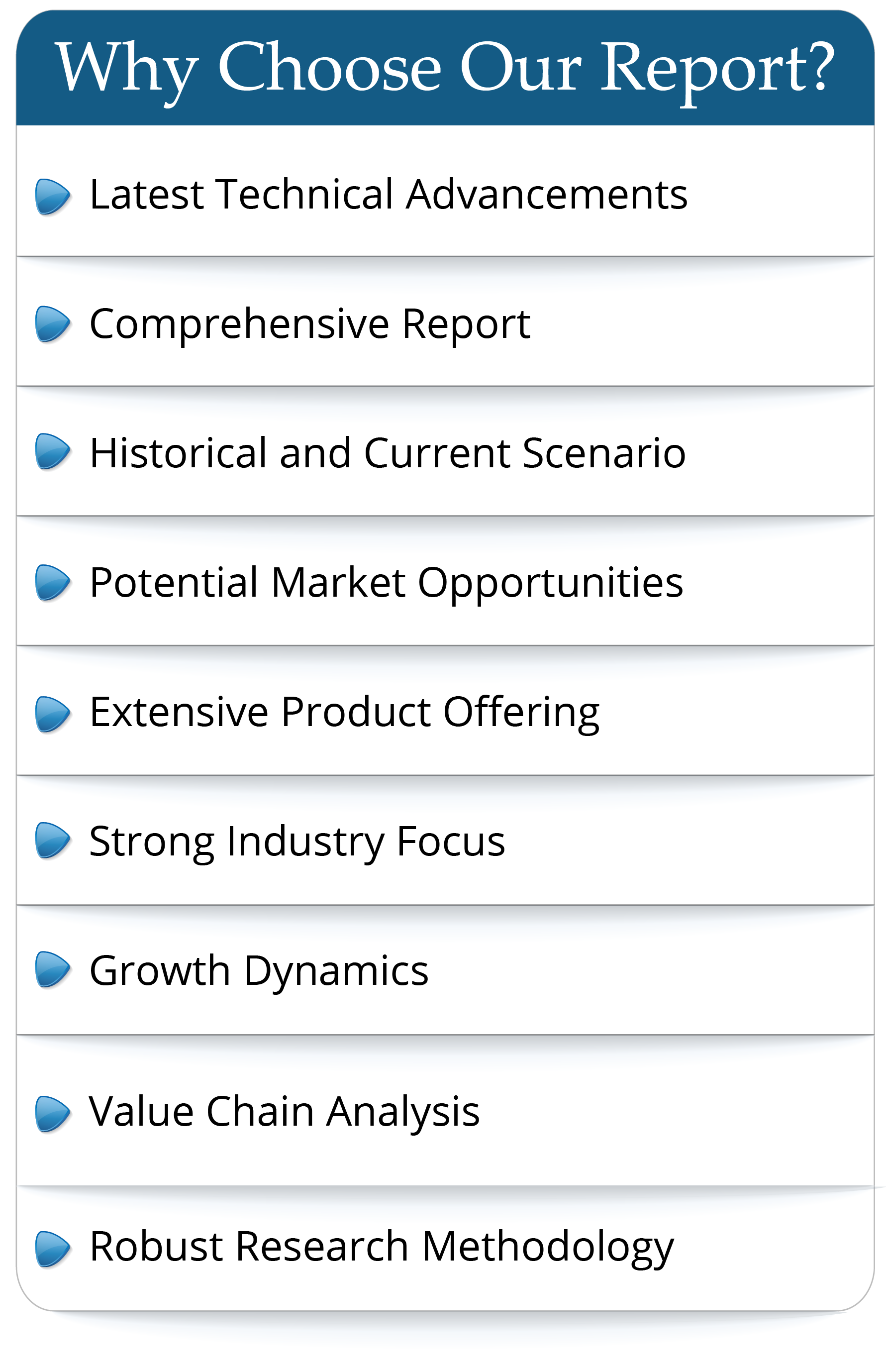The global Electronic Potting & Encapsulating Material market was valued at US$ 1503.1 million in 2023 and is anticipated to reach US$ 2157 million by 2030, witnessing a CAGR of 5.3% during the forecast period 2024-2030.
The Electronic Potting & Encapsulating Material market, which involves the production and sale of materials used to protect and insulate electronic components, is influenced by various drivers and restrictions. Here are some key factors that drive and limit the Electronic Potting & Encapsulating Material market:
Market Drivers:
Electronic Device Proliferation: The increasing use of electronic devices in various industries, including consumer electronics, automotive, aerospace, and industrial automation, drives the demand for potting and encapsulating materials to protect sensitive electronic components.
Miniaturization: As electronic components become smaller and more compact, the need for materials that can provide effective protection in tight spaces becomes essential, spurring the use of potting and encapsulating materials.
Environmental Protection: These materials are critical for safeguarding electronic components against environmental factors such as moisture, dust, chemicals, and temperature fluctuations, ensuring the reliability and longevity of electronic devices.
Harsh Conditions: Industries like automotive, aerospace, and oil and gas require electronic components to function reliably in harsh conditions, making potting and encapsulating materials indispensable.
Customization: Potting and encapsulating materials can be tailored to specific applications, allowing manufacturers to create customized solutions for different electronic products.
Increased Connectivity: The growth of the Internet of Things (IoT) and connected devices increases the demand for potting and encapsulating materials to protect sensitive sensors and communication modules.
Technological Advancements: Ongoing developments in material science lead to the creation of more advanced and durable potting and encapsulating materials with improved performance characteristics.
Market Restrictions:
Cost: High-performance potting and encapsulating materials can be relatively expensive, which can impact the overall cost of electronic device manufacturing.
Material Compatibility: Selecting the right material that is compatible with the specific electronic components, environmental conditions, and manufacturing processes can be challenging.
Curing Time: Some potting and encapsulating materials require extended curing times, which can lengthen production cycles.
Shelf Life: Potting materials can have a limited shelf life, and proper storage is necessary to prevent material degradation.
Regulatory Compliance: Materials used in potting and encapsulation must comply with regulatory standards, including those related to safety and environmental impact.
Environmental Concerns: Disposal of waste materials and potential environmental impacts associated with certain potting materials may raise concerns.
Material Properties: The physical and chemical properties of potting and encapsulating materials, such as thermal conductivity and electrical insulation, can impact the performance of electronic components.
Rework and Repair: Once electronic components are potted or encapsulated, rework or repair becomes challenging, potentially leading to higher scrap rates in case of component failures.
In summary, the Electronic Potting & Encapsulating Material market benefits from the proliferation of electronic devices, miniaturization trends, the need for environmental protection, and customization capabilities. However, it faces restrictions related to cost, material compatibility, curing time, shelf life, regulatory compliance, environmental concerns, material properties, and rework challenges. Manufacturers and users of these materials must carefully consider these factors to ensure the effective protection and longevity of electronic components in various applications.
This report aims to provide a comprehensive presentation of the global market for Electronic Potting & Encapsulating Material, with both quantitative and qualitative analysis, to help readers develop business/growth strategies, assess the market competitive situation, analyze their position in the current marketplace, and make informed business decisions regarding Electronic Potting & Encapsulating Material.
Report Scope
The Electronic Potting & Encapsulating Material market size, estimations, and forecasts are provided in terms of output/shipments (Tons) and revenue ($ millions), considering 2023 as the base year, with history and forecast data for the period from 2019 to 2030. This report segments the global Electronic Potting & Encapsulating Material market comprehensively. Regional market sizes, concerning products by Type, by Application, and by players, are also provided.
For a more in-depth understanding of the market, the report provides profiles of the competitive landscape, key competitors, and their respective market ranks. The report also discusses technological trends and new product developments.
The report will help the Electronic Potting & Encapsulating Material manufacturers, new entrants, and industry chain related companies in this market with information on the revenues, production, and average price for the overall market and the sub-segments across the different segments, by company, by Type, by Application, and by regions.
Market Segmentation
By Company
Henkel
Dow Corning
Hitachi Chemical
LORD Corporation
Huntsman Corporation
ITW Engineered Polymers
3M
H.B. Fuller
John C. Dolph
Master Bond
ACC Silicones
Epic Resins
Plasma Ruggedized Solutions
Segment by Type
Epoxy
Silicones
Polyurethane
Ohers
Segment by Application
Consumer Electronics
Automotive
Medical
Telecommunications
Others
Production by Region
North America
Europe
China
Japan
Consumption by Region
North America
United States
Canada
Europe
Germany
France
U.K.
Italy
Russia
Asia-Pacific
China
Japan
South Korea
China Taiwan
Southeast Asia
India
Latin America, Middle East & Africa
Mexico
Brazil
Turkey
GCC Countries
Chapter Outline
Chapter 1: Introduces the report scope of the report, executive summary of different market segments (by region, by Type, by Application, etc), including the market size of each market segment, future development potential, and so on. It offers a high-level view of the current state of the market and its likely evolution in the short to mid-term, and long term.
Chapter 2: Detailed analysis of Electronic Potting & Encapsulating Material manufacturers competitive landscape, price, production and value market share, latest development plan, merger, and acquisition information, etc.
Chapter 3: Production/output, value of Electronic Potting & Encapsulating Material by region/country. It provides a quantitative analysis of the market size and development potential of each region in the next six years.
Chapter 4: Consumption of Electronic Potting & Encapsulating Material in regional level and country level. It provides a quantitative analysis of the market size and development potential of each region and its main countries and introduces the market development, future development prospects, market space, and production of each country in the world.
Chapter 5: Provides the analysis of various market segments by Type, covering the market size and development potential of each market segment, to help readers find the blue ocean market in different market segments.
Chapter 6: Provides the analysis of various market segments by Application, covering the market size and development potential of each market segment, to help readers find the blue ocean market in different downstream markets.
Chapter 7: Provides profiles of key players, introducing the basic situation of the main companies in the market in detail, including product production/output, value, price, gross margin, product introduction, recent development, etc.
Chapter 8: Analysis of industrial chain, including the upstream and downstream of the industry.
Chapter 9: Introduces the market dynamics, latest developments of the market, the driving factors and restrictive factors of the market, the challenges and risks faced by manufacturers in the industry, and the analysis of relevant policies in the industry.
Chapter 10: The main points and conclusions of the report.
The Electronic Potting & Encapsulating Material market, which involves the production and sale of materials used to protect and insulate electronic components, is influenced by various drivers and restrictions. Here are some key factors that drive and limit the Electronic Potting & Encapsulating Material market:
Market Drivers:
Electronic Device Proliferation: The increasing use of electronic devices in various industries, including consumer electronics, automotive, aerospace, and industrial automation, drives the demand for potting and encapsulating materials to protect sensitive electronic components.
Miniaturization: As electronic components become smaller and more compact, the need for materials that can provide effective protection in tight spaces becomes essential, spurring the use of potting and encapsulating materials.
Environmental Protection: These materials are critical for safeguarding electronic components against environmental factors such as moisture, dust, chemicals, and temperature fluctuations, ensuring the reliability and longevity of electronic devices.
Harsh Conditions: Industries like automotive, aerospace, and oil and gas require electronic components to function reliably in harsh conditions, making potting and encapsulating materials indispensable.
Customization: Potting and encapsulating materials can be tailored to specific applications, allowing manufacturers to create customized solutions for different electronic products.
Increased Connectivity: The growth of the Internet of Things (IoT) and connected devices increases the demand for potting and encapsulating materials to protect sensitive sensors and communication modules.
Technological Advancements: Ongoing developments in material science lead to the creation of more advanced and durable potting and encapsulating materials with improved performance characteristics.
Market Restrictions:
Cost: High-performance potting and encapsulating materials can be relatively expensive, which can impact the overall cost of electronic device manufacturing.
Material Compatibility: Selecting the right material that is compatible with the specific electronic components, environmental conditions, and manufacturing processes can be challenging.
Curing Time: Some potting and encapsulating materials require extended curing times, which can lengthen production cycles.
Shelf Life: Potting materials can have a limited shelf life, and proper storage is necessary to prevent material degradation.
Regulatory Compliance: Materials used in potting and encapsulation must comply with regulatory standards, including those related to safety and environmental impact.
Environmental Concerns: Disposal of waste materials and potential environmental impacts associated with certain potting materials may raise concerns.
Material Properties: The physical and chemical properties of potting and encapsulating materials, such as thermal conductivity and electrical insulation, can impact the performance of electronic components.
Rework and Repair: Once electronic components are potted or encapsulated, rework or repair becomes challenging, potentially leading to higher scrap rates in case of component failures.
In summary, the Electronic Potting & Encapsulating Material market benefits from the proliferation of electronic devices, miniaturization trends, the need for environmental protection, and customization capabilities. However, it faces restrictions related to cost, material compatibility, curing time, shelf life, regulatory compliance, environmental concerns, material properties, and rework challenges. Manufacturers and users of these materials must carefully consider these factors to ensure the effective protection and longevity of electronic components in various applications.
This report aims to provide a comprehensive presentation of the global market for Electronic Potting & Encapsulating Material, with both quantitative and qualitative analysis, to help readers develop business/growth strategies, assess the market competitive situation, analyze their position in the current marketplace, and make informed business decisions regarding Electronic Potting & Encapsulating Material.
Report Scope
The Electronic Potting & Encapsulating Material market size, estimations, and forecasts are provided in terms of output/shipments (Tons) and revenue ($ millions), considering 2023 as the base year, with history and forecast data for the period from 2019 to 2030. This report segments the global Electronic Potting & Encapsulating Material market comprehensively. Regional market sizes, concerning products by Type, by Application, and by players, are also provided.
For a more in-depth understanding of the market, the report provides profiles of the competitive landscape, key competitors, and their respective market ranks. The report also discusses technological trends and new product developments.
The report will help the Electronic Potting & Encapsulating Material manufacturers, new entrants, and industry chain related companies in this market with information on the revenues, production, and average price for the overall market and the sub-segments across the different segments, by company, by Type, by Application, and by regions.
Market Segmentation
By Company
Henkel
Dow Corning
Hitachi Chemical
LORD Corporation
Huntsman Corporation
ITW Engineered Polymers
3M
H.B. Fuller
John C. Dolph
Master Bond
ACC Silicones
Epic Resins
Plasma Ruggedized Solutions
Segment by Type
Epoxy
Silicones
Polyurethane
Ohers
Segment by Application
Consumer Electronics
Automotive
Medical
Telecommunications
Others
Production by Region
North America
Europe
China
Japan
Consumption by Region
North America
United States
Canada
Europe
Germany
France
U.K.
Italy
Russia
Asia-Pacific
China
Japan
South Korea
China Taiwan
Southeast Asia
India
Latin America, Middle East & Africa
Mexico
Brazil
Turkey
GCC Countries
Chapter Outline
Chapter 1: Introduces the report scope of the report, executive summary of different market segments (by region, by Type, by Application, etc), including the market size of each market segment, future development potential, and so on. It offers a high-level view of the current state of the market and its likely evolution in the short to mid-term, and long term.
Chapter 2: Detailed analysis of Electronic Potting & Encapsulating Material manufacturers competitive landscape, price, production and value market share, latest development plan, merger, and acquisition information, etc.
Chapter 3: Production/output, value of Electronic Potting & Encapsulating Material by region/country. It provides a quantitative analysis of the market size and development potential of each region in the next six years.
Chapter 4: Consumption of Electronic Potting & Encapsulating Material in regional level and country level. It provides a quantitative analysis of the market size and development potential of each region and its main countries and introduces the market development, future development prospects, market space, and production of each country in the world.
Chapter 5: Provides the analysis of various market segments by Type, covering the market size and development potential of each market segment, to help readers find the blue ocean market in different market segments.
Chapter 6: Provides the analysis of various market segments by Application, covering the market size and development potential of each market segment, to help readers find the blue ocean market in different downstream markets.
Chapter 7: Provides profiles of key players, introducing the basic situation of the main companies in the market in detail, including product production/output, value, price, gross margin, product introduction, recent development, etc.
Chapter 8: Analysis of industrial chain, including the upstream and downstream of the industry.
Chapter 9: Introduces the market dynamics, latest developments of the market, the driving factors and restrictive factors of the market, the challenges and risks faced by manufacturers in the industry, and the analysis of relevant policies in the industry.
Chapter 10: The main points and conclusions of the report.
Frequently Asked Questions
This market study covers the global and regional market with an
in-depth analysis of the
overall growth prospects...
- By product type
- By End User/Applications
- By Technology
- By Region
The report provides a detailed evaluation of the market by
highlighting information on
different aspects including drivers, restraints...

 Pre-order Enquiry
Pre-order Enquiry Download Free Sample
Download Free Sample












